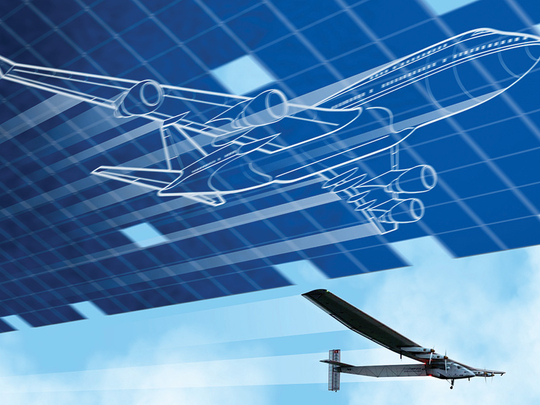
Will future planes fly on solar energy?
The Solar Impulse 2 project aims to raise awareness on clean energy and remind the world that aircraft are environment-unfriendly devices

The Solar Impulse 2 project aims to raise awareness on clean energy and remind the world that aircraft are environment-unfriendly devices
